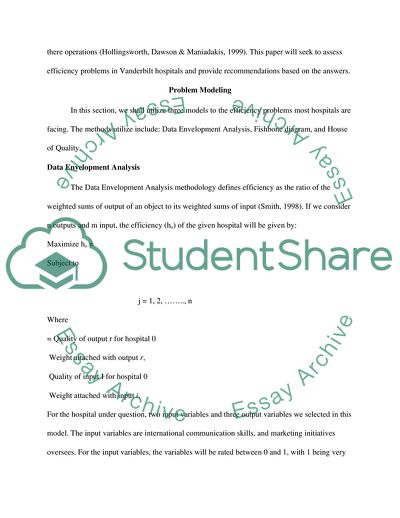Cite this document
(Service Management Statistic of Vanderbilt Hospital Statistics Project Example | Topics and Well Written Essays - 1500 words, n.d.)
Service Management Statistic of Vanderbilt Hospital Statistics Project Example | Topics and Well Written Essays - 1500 words. https://studentshare.org/statistics/1818339-service-management-statistic
Service Management Statistic of Vanderbilt Hospital Statistics Project Example | Topics and Well Written Essays - 1500 words. https://studentshare.org/statistics/1818339-service-management-statistic
(Service Management Statistic of Vanderbilt Hospital Statistics Project Example | Topics and Well Written Essays - 1500 Words)
Service Management Statistic of Vanderbilt Hospital Statistics Project Example | Topics and Well Written Essays - 1500 Words. https://studentshare.org/statistics/1818339-service-management-statistic.
Service Management Statistic of Vanderbilt Hospital Statistics Project Example | Topics and Well Written Essays - 1500 Words. https://studentshare.org/statistics/1818339-service-management-statistic.
“Service Management Statistic of Vanderbilt Hospital Statistics Project Example | Topics and Well Written Essays - 1500 Words”. https://studentshare.org/statistics/1818339-service-management-statistic.


